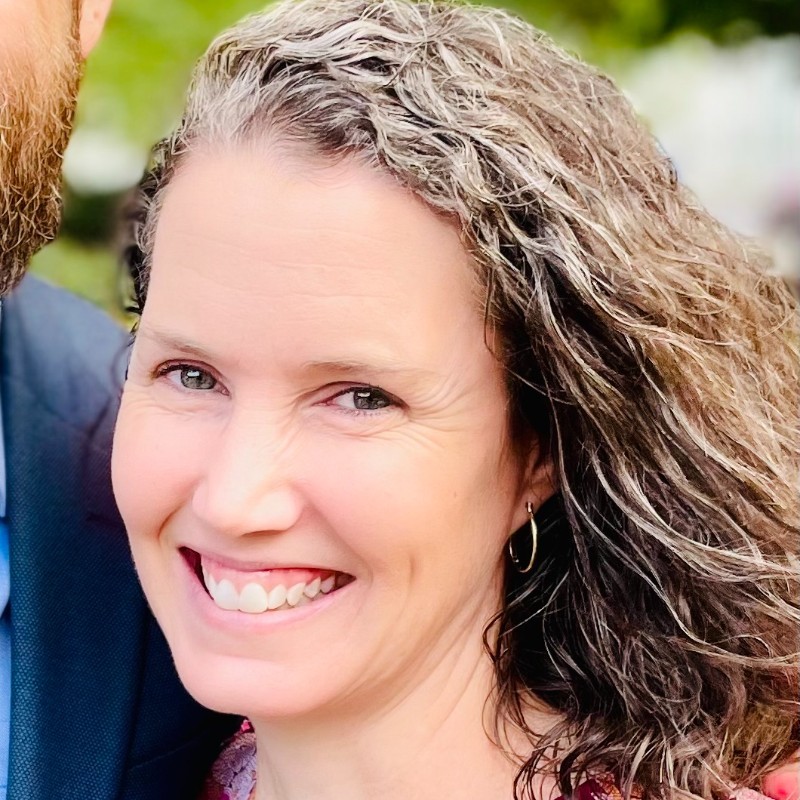Erin Penniston, chief of staff of public health services at the Maryland Department of Health, describes how ASTHO’s Peer Assessment Program helped her state’s health department strengthen its administrative infrastructure; Kelsey Tillema, senior analyst at ASTHO, shares...
Erin Penniston, chief of staff of public health services at the Maryland Department of Health, describes how ASTHO’s Peer Assessment Program helped her state’s health department strengthen its administrative infrastructure; Kelsey Tillema, senior analyst at ASTHO, shares key takeaways from ASTHO’s Strengthening Administrative Preparedness in Public Health Agencies webinar; the highlights from ASTHO’s recent INSPIRE: Readiness webinar on regional data ecosystems are available online now; and a study published in the Journal of Public Health Management & Practice revealed new opportunities for aligning State Health Improvement, Aging, and Dementia Plans.
ASTHO STAR Center: Peer Assessment Program
ASTHO Blog: Four Strategies to Advance Administrative Preparedness in Public Health
JANSON SILVERS:
This is the award-winning Public Health Review Morning Edition for Wednesday, August 6, 2025. I'm Janson Silvers. Now, today's news from the Association of State and Territorial Health Officials
ERIN PENNISTON:
ASTHO gave an objective perspective of our strengths, challenges, and opportunities throughout the site visit and in their final report, including ideas for where to focus and build organizational capacity to improve our procurement processes.
SILVERS:
The Maryland Department of Health recently participated in ASTHO's Peer Assessment Program, a resource that provides technical assistance to public health agencies strengthening their administrative infrastructure. Erin Penniston is with the Maryland Department of Health.
PENNISTON:
Through the peer assessment program this spring, ASTHO also supported us with cross-agency dialogue and provided impartial facilitation to bring some of those administrative and programmatic areas together and review and prioritize our improvements.
SILVERS:
To improve organizational capacity, Penniston says public health leaders should take things step by step.
PENNISTON:
Recognize that improving business processes really takes long-term support and dedicated employee engagement and leadership engagement and steadfast commitment, really recognizing that incremental progress is important and is a key step.
SILVERS:
Penniston advises other states to consider how they can leverage ASTHO's technical assistance.
PENNISTON:
It really helped us facilitate conversations across units and across program areas at the department and provide objective peer reviews to keep improvements and dialogue again among administrative and programmatic and- and leadership folks at the forefront.
SILVERS:
You can head to the link in the show notes to learn more about ASTHO's Peer Assessment Program.
ASTHO recently hosted the Strengthening Administrative Preparedness in Public Health Agencies webinar, which brought together subject matter experts to discuss strategies for improvement. Here's ASTHO's Kelsey Tillema with some of the webinars biggest insights.
KELSEY TILLEMA:
One takeaway was definitely the importance of conducting exercises and training to strengthen and refine administrative preparedness in emergency plans. And then, along with that, some other key takeaways included fostering collaborative partnerships and also leveraging existing resources to support plans, training, and also process improvement.
SILVERS:
Administrative preparedness is an important part of any emergency planning.
TILLEMA:
Without proper administrative planning, there could be delays in things like decision-making, resource allocation, and just general confusion among coordination with various agencies involved.
SILVERS:
Tillema says there are lots of resources available online to support jurisdictions that are working to strengthen their preparedness efforts.
TILLEMA:
It's all about where you look. So, NASPO has some excellent emergency guides and tabletop exercises for financial preparedness. And then ASTHO has process improvement and policy assessment tools which can really aid in enhancing administrative preparedness planning as well.
SILVERS:
Don't worry if you missed out on that webinar. ASTHO has a new blog article on administrative preparedness. There's a link to that in the show notes.
Also, while you're on the ASTHO website, you can find the highlights from ASTHO's INSPIRE: Readiness webinar on regional data ecosystems. Hear from experts in public health and academia as they explain how their approach combines data from various sources to guide public health efforts with comprehensive, actionable takeaways. Visit the link in the show notes to access that one today.
Finally, a study published in the Journal of Public Health Management and Practice revealed significant overlap and opportunities for integration when it comes to aligning state health improvement aging and dementia plans. The study was conducted in partnership with the Alzheimer's Association. To read more, head to the link in the show notes.
That'll do it for today. We're back tomorrow morning with more ASTHO news and information. I'm Janson Silvers, you're listening to the award-winning Public Health Review Morning Edition. Have a great day.






